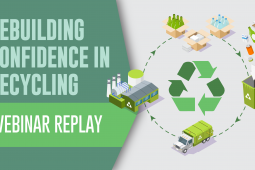What is Bioenergy?
July 14, 2016
Bioenergy is energy that derives from biomass – organics that have absorbed solar energy such as wood, straw, or other biological refuse. This is considered renewable because the plant matter can be replanted. Biofuels like ethanol and biodiesel also fall under this category. Bioenergy can also be harnessed from biodegradable waste that is not typically reusable like residual fats, food waste, and municipal wastewater solids through anaerobic digestion for the production of biogas.
The advantage of using biofuels is it emits less carbon into the atmosphere like conventional gasoline and diesel fuels. At the same time, it reduces the amount of refuse ending up in the landfill by how it takes biodegradables and converts them into biogas for reuse as a new form of natural gas or, in the case of some fats, oils, and greases, can be refined into a new kind of fuel for motor vehicles.
—
Other Sources
American Biogas Council. “What is Anaerobic Digestion.” American Biogas Council. https://www.americanbiogascouncil.org/biogas_what.asp. Accessed July 5, 2015.
Government of Canada. “Bioenergy Systems.” Natural Resources Canada. http://www.nrcan.gc.ca/energy/renewable-electricity/bioenergy-systems/7311. Accessed July 12, 2016.
Government of Ontario. “Ontario’s Bio Advantage Sector Profile.” Ontario Ministry of Agriculture, Foods and Rural Affairs. http://www.omafra.gov.on.ca/english/research/ktt/spot-bioenergy.htm. Accessed July 12, 2016.





















